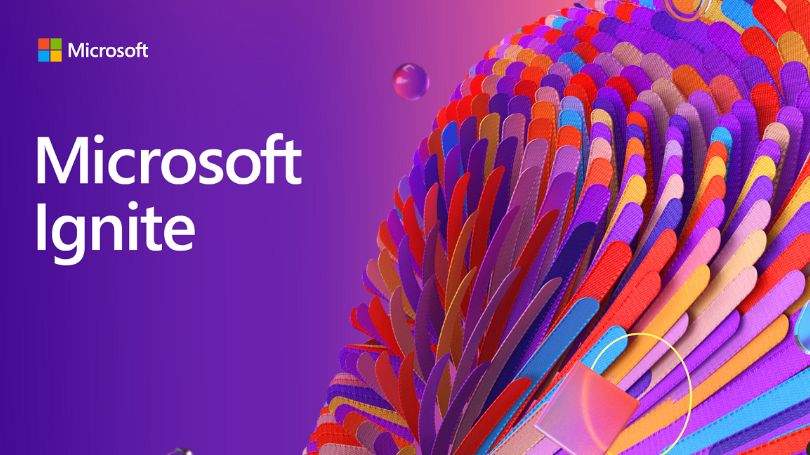There has been a lot of discussion recently about edge computing, often in combination with distributed cloud. But what exactly is ‘edge computing’? Why should your organization consider using it? And what role does Azure play in providing the optimal solution? Keep reading this article to find out!
What is edge computing?
Edge computing is when computation resources are brought closer to sources that generate information. This can significantly reduce the network latency and bandwidth usage that is typically associated with cloud computing. Edge computing ensures continuity of service and operation – even when cloud connections are unavailable.
So, when you deploy edge computing, you store your data at the edge of your network. This means that the data is stored close to your user or the device that generates the data, just like when your servers are on-premise. Edge computing also allows you to store data in the cloud as and when you need to, for example, when your network is overloaded or if you just need a little extra computing power.
Read also: ‘Distributed Cloud: the future of your infrastructure’
Edge computing therefore offers you the best of both worlds: data is stored close by, minimizing latency, and you can benefit from the computing power and storage capacity of the cloud as and when you need it.
The advantages of edge computing
When you use edge computing, you no longer rely on the cloud and the associated data centres to do all the work. Since edge computing can still use the cloud as and when required, you effectively bring the cloud to you. This can generate significant benefits for your organization – especially if you want to develop real-time operating systems that use machine learning and artificial intelligence to improve efficiency and reduce costs.
Lower latency
Latency occurs when computer A depends on computer B – which is located on the other side of the world – to perform an action. This is what happens with cloud computing, and it results in delays. Even minor delays can have a huge impact on the user experience and the continuity of your service.
For example, when a visitor to your website clicks on a link and it takes several seconds for something to actually appear on the page, or the delay you experience when playing a multiplayer video game.
Improved privacy and security
With edge computing, data is not sent to a central data centre in the cloud; instead it is processed locally, so privacy-sensitive data does not leave your local network. Additionally, the data travels a considerably smaller distance, which also reduces the likelihood of being hacked.
Voice assistants are a good example here: your request to Siri, Alexa, or Echo is processed in the cloud. Your device processes your speech, compresses your question or command, and sends it to the cloud. There your request is decompressed and processed again, possibly through different servers and APIs, and only then do you get an answer. So your data has travelled to several different places before your task has been completed. If this ‘journey’ is not properly secured, there is a high risk of being hacked.
Suppose your voice assistant works on your own device using AI. Not only will you get an answer much faster, but your data will not leave your own network and you can control the security of your data. Plus, costs for your cloud services are likely to go down as well.
What role does Azure play in edge computing?
Needless to say, Microsoft also recognizes the benefits of edge computing and has designed Azure Edge Zones for just that. These are local extensions of Azure that help you solve storage and service availability issues by deploying edge computing with the technology you already use as an Azure customer. Azure Edge Zones are available through your Azure environment, from select providers, and as fully private zones.
Deploying Azure Edge Zones eliminates latency concerns by optimizing cloud/edge collaboration. The low edge latency and high bandwidth of Azure Edge Zones combined with 5G networks allows you to easily deploy applications and virtualized network functions (VNF) and provide your customers with seamless computing, storage, IoT, and container services.
Applications for Azure Edge Zones
The possibilities of Azure Edge Zones are of course endless, but they are particularly suitable for:
- Local data processing
Edge Zones provide secure workloads, eliminating latency for data analytics, IoT, and media services. - Real-time IoT or AI analytics
Azure Edge Zones allow you to build or optimize innovative robotics, mixed reality, and automation tools. - Mobile platforms and game development
With Azure Edge Zones, working with high-density graphics in real time is easy.
If you want to take the customization of your Edge Zones applications a step further, you can use additional services such as Azure IoT Central, Azure Kubernetes Services, Azure Virtual Machines, or Azure Stack Edge.
Plenty of reasons to opt for edge computing
So, there are plenty of reasons to start using edge computing – especially when it seamlessly connects to the Azure services you already know and use. Not only does this make things easier to manage, it also reduces latency while saving on bandwidth. And because your customers’ data is stored on your own network, it is also easier to comply with privacy laws and regulations.
Want to know how Azure Edge Zones can benefit your organization? We’d be more than happy to tell you more about the possibilities of edge computing!


